Stade de Sclessin
In hell, it will often be the case for the popular club along the Maas.
Both for its opponents and for its own supporters.

The origins
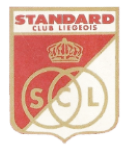 Standard Liège has been worn on the baptismal font in 1899. Founded by students from the Collège Saint-Servais disappointed by
FC Liégeois, the club has been called "Standard Football Club Liégeois". Note that concerning the name of the club, it was worth
only with one voice for the new club to be called the "Skill Club Liégeois".
Standard Liège has been worn on the baptismal font in 1899. Founded by students from the Collège Saint-Servais disappointed by
FC Liégeois, the club has been called "Standard Football Club Liégeois". Note that concerning the name of the club, it was worth
only with one voice for the new club to be called the "Skill Club Liégeois".
Unlike other clubs founded at the same time, Standard will have to wait only a decade before settling down. After having evolved on
the hills of Cointe, at the Boverie velodrome (where the great rival of the Royal Club Liégeois evolved shortly before) or even at
Grivegnée, the club (recently chaired by Maurice Dufrasne) acquires a nearby meadow from the Castle of Sclessin, a vast mansion dating
from the 18th century. On the other side of the Meuse is a large steel complex.
The stadium, however, is not yet really one. Besides the pitch, the club has nothing else. As a locker room, players will use a room
made available in a cafe near the field.
Very quickly, however, the club set up a real enclosure dedicated to football : a stand along the field and overcomes the new
changing rooms. It must be said that the club quickly obtained the privilege to play in Division 1 and it therefore needed facilities
worthy of the name. Year after year, the stadium has grown (with a very beautiful main stand) and in 1925, it already had 20,000 places.
 In 1940, a large standing and covered stand has been built opposite the main stand. This new concrete construction can accommodate
10,000 people. Once the pangs of war are over, Standard’s facilities has been further enlarged : the stand has been widened over the
entire width of the pitch and a new standing stand has been built on the side of the coal heaps. The stadium can then accommodate
36,000 people. The stadium had no longer undergo major modifications and has been renamed in honor of its former
president Maurice Dufrasne.
In 1940, a large standing and covered stand has been built opposite the main stand. This new concrete construction can accommodate
10,000 people. Once the pangs of war are over, Standard’s facilities has been further enlarged : the stand has been widened over the
entire width of the pitch and a new standing stand has been built on the side of the coal heaps. The stadium can then accommodate
36,000 people. The stadium had no longer undergo major modifications and has been renamed in honor of its former
president Maurice Dufrasne.
However, in order to be able to play its matches at night, the club invested in the 1960's in revolutionary lighting. Installed on
four pylons relatively low at the corners of the field, it provides optimal lighting and has been the pride of the Mosan club.
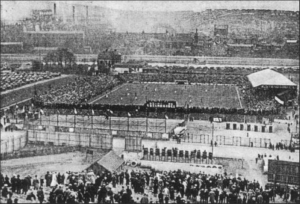
Euro 72
 While the club has had a large, comfortable enough stadium for many years now, parts of the stadium are beginning to show signs
of fatigue. Regardless, Euro 72 has stopped at Sclessin but will only see one match : the match for third place, won by Belgium
against Hungary with a score of 1-2. Note that only 6,184 spectators attended the Belgian victory.
While the club has had a large, comfortable enough stadium for many years now, parts of the stadium are beginning to show signs
of fatigue. Regardless, Euro 72 has stopped at Sclessin but will only see one match : the match for third place, won by Belgium
against Hungary with a score of 1-2. Note that only 6,184 spectators attended the Belgian victory.
The following year, a new tribune hasl been built on the side of the Vercour quay and increased Sclessin's capacity to 43,000 places.
The lighting system is also being renewed and will be designed by the two global giants in the field of public lighting :
the Belgian company Schréder and the Dutch of Philips.
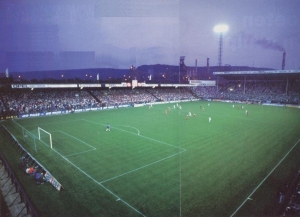
The "scandal" & modernizations
Since its foundation, Standard has managed to become a prestigious club in Belgium by winning 8 championship titles, 4 Belgian
Cups and even reaching the Cup Winners' Cup final against FC Barcelona in 1982. Its success has won over the years a large and
loyal audience for decades. Thus, while the rival of Club Liégeois finds its supporters mainly in Liège, Standard counts fans
throughout the country, and especially in the very close Dutch-speaking Limburg. Like Club Brugge and Anderlecht, Standard has
become a truly national club, no longer confined to its city.
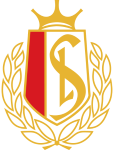 Unfortunately, in the company of President Paul Henrard (between 1952 and 1977), the general secretary Roger Petit, at the head
of the club in an authoritarian way between 1945 and 1984, has fallen in the dark side in 1982. In order to inflate the budget
of the club and secure the title of champion in 1982, the club has kept parallel accounts in order to evade taxes and has corrupted
the club of Waterschei SV THOR Genk.
Unfortunately, in the company of President Paul Henrard (between 1952 and 1977), the general secretary Roger Petit, at the head
of the club in an authoritarian way between 1945 and 1984, has fallen in the dark side in 1982. In order to inflate the budget
of the club and secure the title of champion in 1982, the club has kept parallel accounts in order to evade taxes and has corrupted
the club of Waterschei SV THOR Genk.
An investigation by judge Bellemans on behalf of the Belgian Gendarmerie and started in October 1983 lead to serious consequences
for the club :
- Roger Petit and the trainer at the time, the famous Raymond Goethals are struck off for life.
- The following players are suspended for 1 year (6 months on appeal) : Jos Daerden, Walter Meeuws, Théo Poel, Simon Tahamata, Michel Preud'homme, Gérard Plessers and Guy Vandersmissen.
- Eric Gerets is suspended 3 years (2 years on appeal) and leave for AC Milan.
- Only Arie Haan (acquitted with the benefit of the doubt), Poel, Preud'homme and Vandersmissen stayed at the club. The squad has been supplemented by the youth of the club, who are obviously not ready.
From a popular club, Standard has become the most feared and hated club in the country. Frustrated by the affair and the poor results, the most loyal supporters also become the most violent. Hooliganism makes its shattering entry into Belgium by Standard.
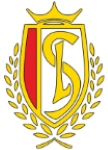 After Petit's forced departure, a new duo arrives at the head of the club: Jean Wauters as president and André Duchêne as
director, Paul Henrart becoming honorary president.
After Petit's forced departure, a new duo arrives at the head of the club: Jean Wauters as president and André Duchêne as
director, Paul Henrart becoming honorary president.
The descent into hell of the club hasn't prevented the modernization of the stadium, which is badly needed but over the
modernizations, the reception capacity has only decreased. In 1985, a new main stand (paid for by Duchêne) replaced the one
dating from 1925. Inspired by the Constant Vanden Stock Stadium in Anderlecht, it has two floors of seating and between them,
luxurious lodges offering breathtaking view of the pitch. The original project was intended to surround the entire playground
of this new construction, but a reduced budget has only allowed construction on one side of the pitch.
In 1992, the old standing stand from 1940 was destroyed. In its place, a vast stand with standing & seating places, and
business seats. The stadium can only accommodate 25,000 people, which is not a problem since the public has somewhat deserted
Sclessin since the scandal. From a stadium regularly filled in the 1970's, the average falls below 10,000 spectators.
From this dark period, the club only managed to win a Belgian Cup in 1993.
The sports Standard's way of the cross is not about to stop...
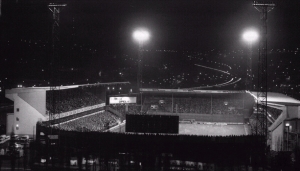
Euro 2000 & redemption
As explained on the page dedicated to
the Rocourt Stadium, Standard was busy clearing all around him. The necessary renovation of Sclessin involves hosting the Euro 2000.
And to be sure of winning the organization, Standard has hired FC Liège director Pierre Delahaye, president-sponsor Gérald Blaton and
director Francis Nicolay of FC Seraing, as well as a large part of the team of this last club. As a result, Sclessin remains the only
stadium in the region available for Euro 2000.
From 1995, a new tribune has emerged on the coal heaps side but will remain unfinished for 4 years. Two floors have been built but no
roof or seat installed. This imbroglio was caused by the refusal of the Kinepolis group to settle under this new stand. Kinepolis has
preferred to settle in Rocourt, in place of the venerable velodrome.
 In 1999, a tight budget will allow the renovation of three stands. On the Vercour side, the 1973 stand was razed and replaced by
a new three-tiers building. For the main stand and the one on the heap side, a third floor has been built. Stand 2 (from 1992)
had only its standing places converted into seats.
In 1999, a tight budget will allow the renovation of three stands. On the Vercour side, the 1973 stand was razed and replaced by
a new three-tiers building. For the main stand and the one on the heap side, a third floor has been built. Stand 2 (from 1992)
had only its standing places converted into seats.
The result will be a bizarre but unique stadium : a third floor perched above the void in the corners, very steep stands and a new
roof with relative utility. The capacity goes back to 30,023 places.
Euro 2000 is uneventful with three matches :
- Germany-Romania (1-1)
- Norway-Yugoslavia (0-1)
- Denmark-Czech Republic (0-2)
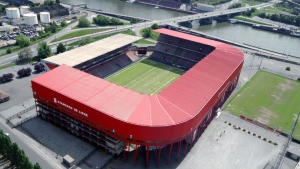
On the road to the future
The arrival in 1998 of Swiss businessman Robert Louis-Dreyfus (boss of Adidas) and the manager Lucien D'Onofrio allowed the
club to avoid bankruptcy and ultimately hope for a brighter future.
The club then has a decent stadium that meets UEFA criteria but doesn't have a worthy team.
Over the years, some famous names have been engaged (Émile Mpenza, Robert Prosinečki, Sérgio Conceição, Ricardo Sá Pinto) and
young players (and future Belgian stars) have allowed Standard to gently climb the slope.
 In 2008, and after 25 years of waiting, the Rouches supporters can finally celebrate the title of Belgian Champion. The club returned
to title in 2009 and then won the Belgian Cup in 2011, 2016 and 2018. The Standard is no longer the laughingstock of Belgian football.
In 2008, and after 25 years of waiting, the Rouches supporters can finally celebrate the title of Belgian Champion. The club returned
to title in 2009 and then won the Belgian Cup in 2011, 2016 and 2018. The Standard is no longer the laughingstock of Belgian football.
With the help of success, Sclessin began to get a little small and an enlargement or a move were studied. Leaving far from its
historic lair is quickly forgotten and it is a rather heavy renovation which is privileged. But as often in Belgium, the project
is complicated. It took the club ten years to complete the project and in 2019, finally, the building permit is filed.
The project involves the complete closure of the stadium, the demolition-reconstruction of the stand 2 and the development of the
surroundings of the stadium. As for the capacity, it will be 32,000 places. We are far from the 50,000 places projected in 2009...
Hoping that Sclessin manages to keep his soul and his famous atmosphere.
Pictures
Stade de Sclessin
The oldest image of the stadium, around 1910 : a field and its basic installations, the factories and the Maas.
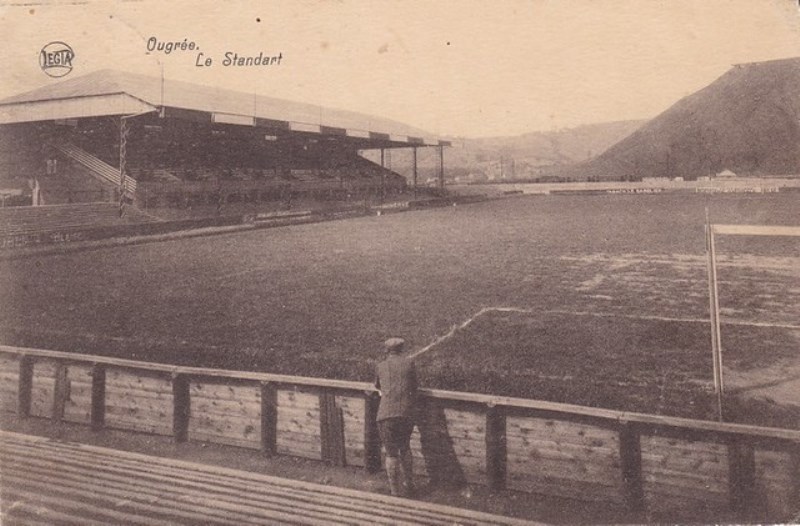
Stade de Sclessin
The new main grandstand of the “Standart” (sic) built in 1925, which remains in place until 1985.
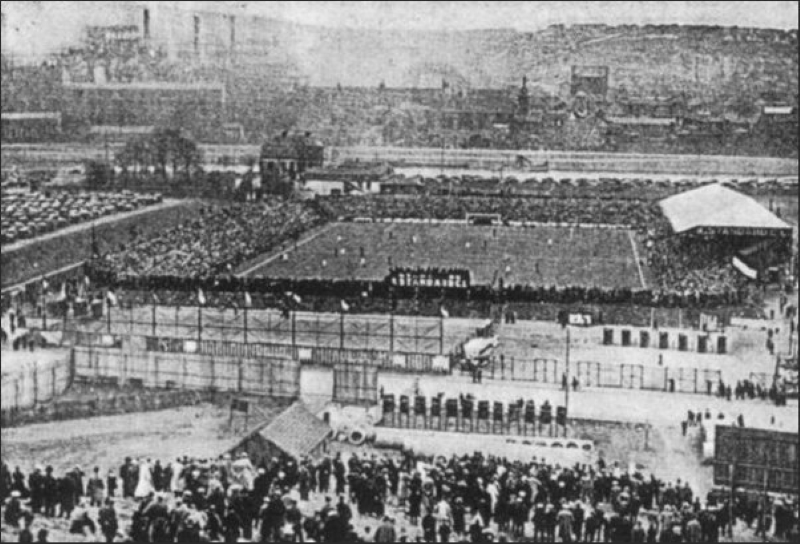
Stade de Sclessin
A few years later, Sclessin already offers a more welcoming face : stands occupy all four sides of the field.
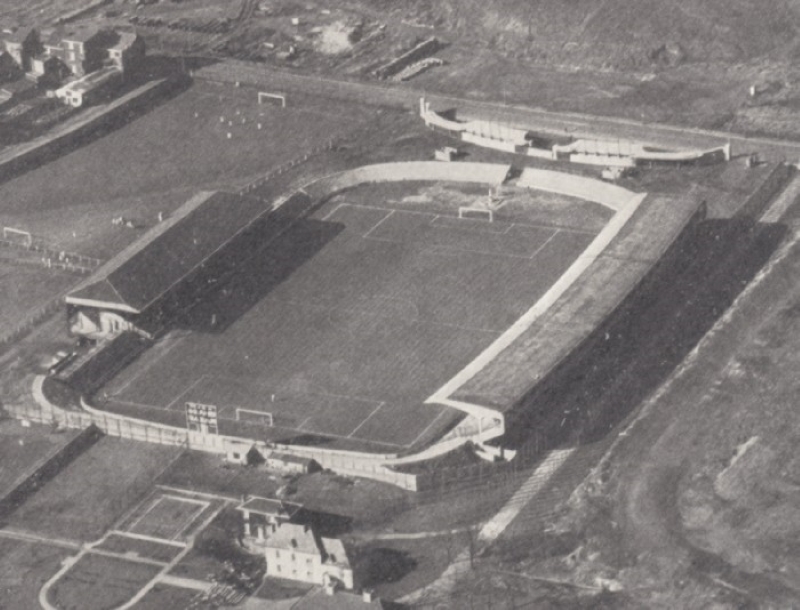
Stade de Sclessin
The stadium shortly after the construction of the large standing stand (in 1940, right). Capacity : around 30,000 places.
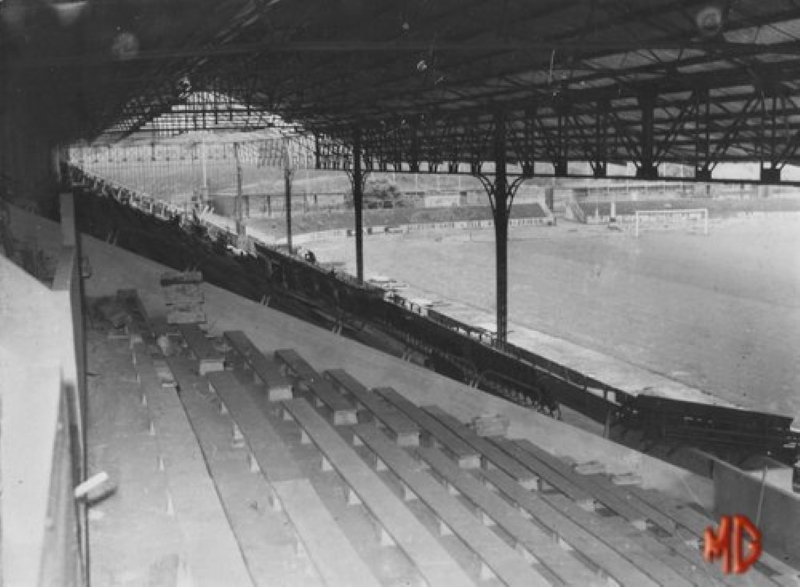
Stade de Sclessin
From the stand in 1953.
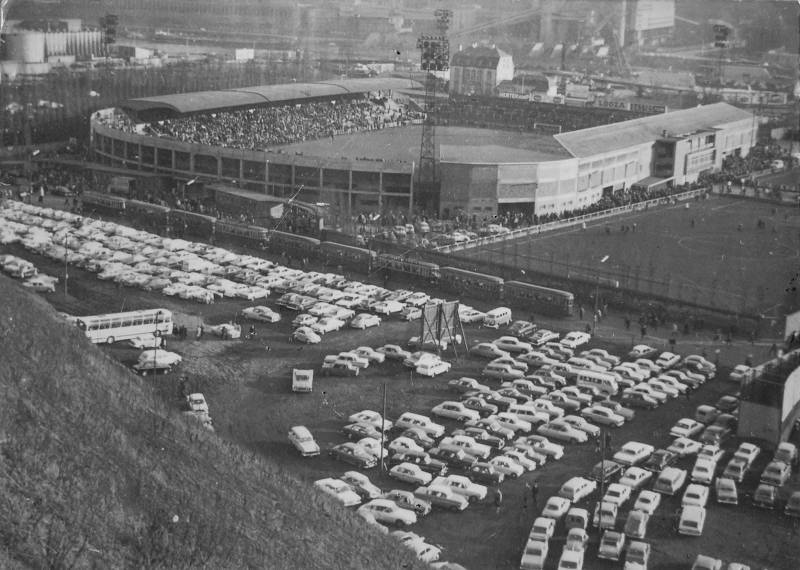
Stade de Sclessin
Seen from the slag heap, in the 60's. Sclessin was then a modern and welcoming stadium.
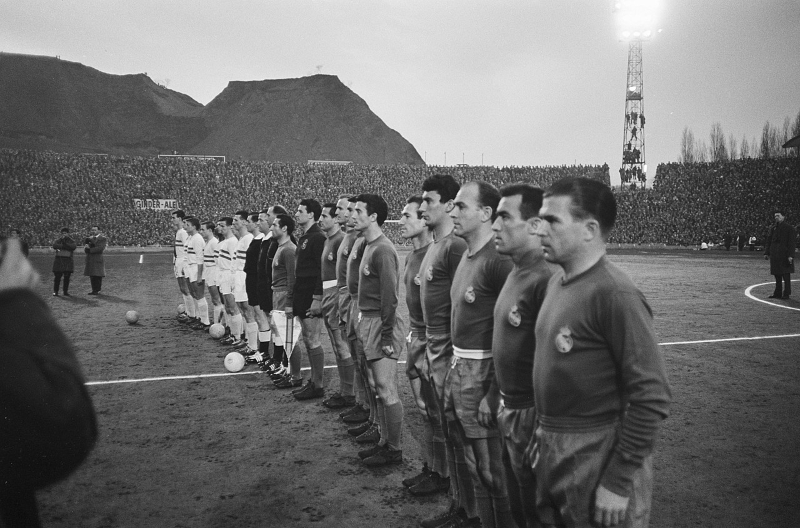
Stade de Sclessin
Match between Standard and Real Madrid on April 13, 1962 (0-2).
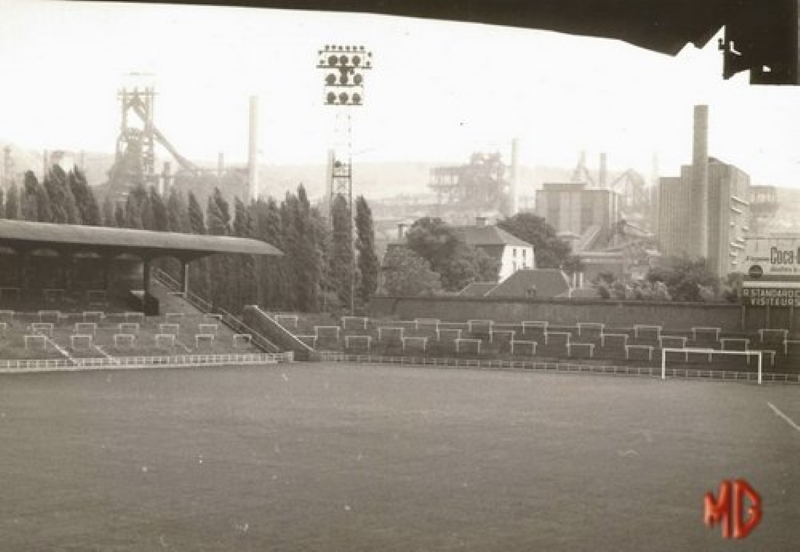
Stade de Sclessin
The famous revolutionary lighting in 1970. It is in this context that the Euro 72 will take place. The following year,
the right terrace and the lighting have been replaced.
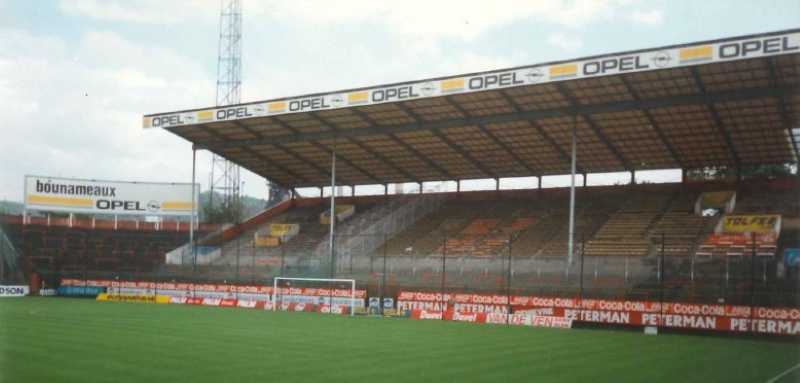
Stade de Sclessin
The Vercour stand, built in 1973. The stadium can accommodate 43,000 people that year.
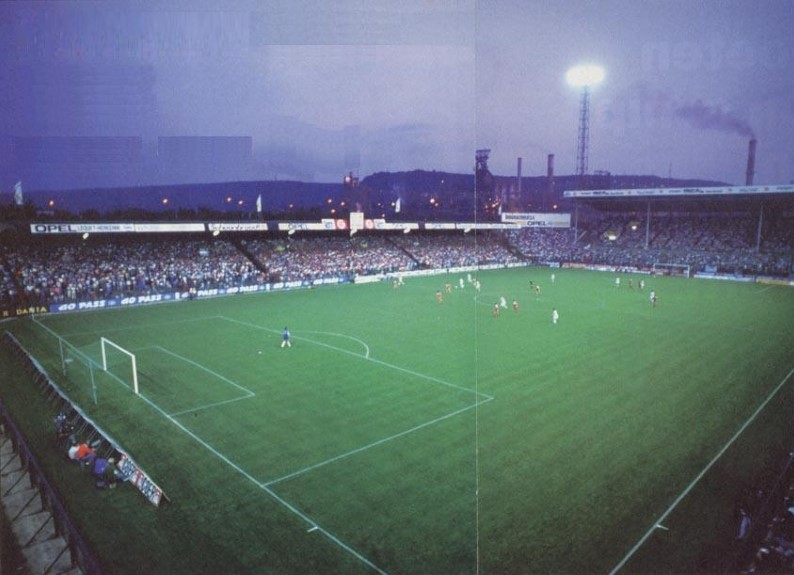
Stade de Sclessin
The Maurice Dufrasne Stadium at the dawn of the 80's. For the moment, everything is going well for the club...
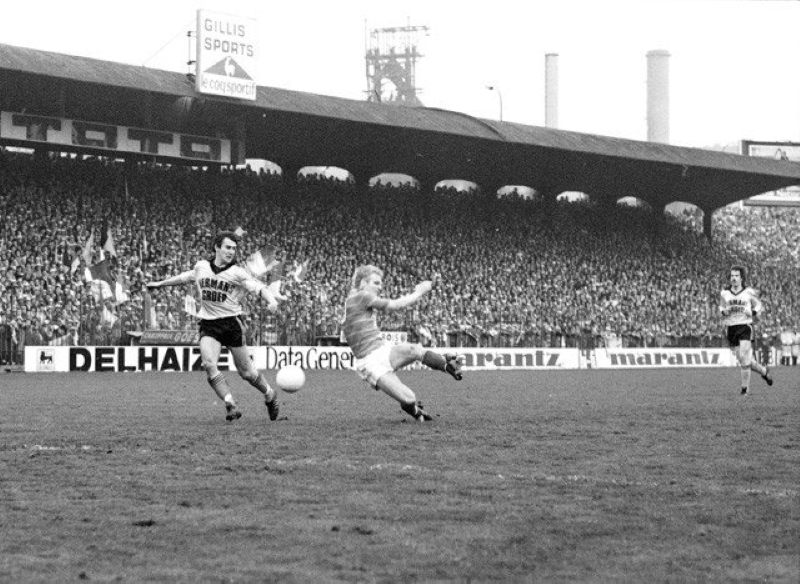
Stade de Sclessin
The cursed match between Standard and Waterschei on May 8, 1982. The beginning of the end for Standard.
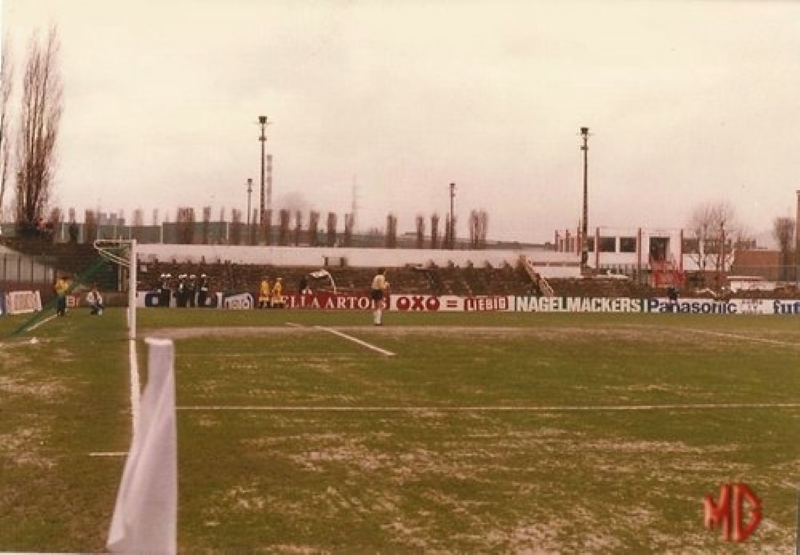
Stade de Sclessin
Sclessin in 1985. The old main stand of 1925 (and its extensions) is demolished.
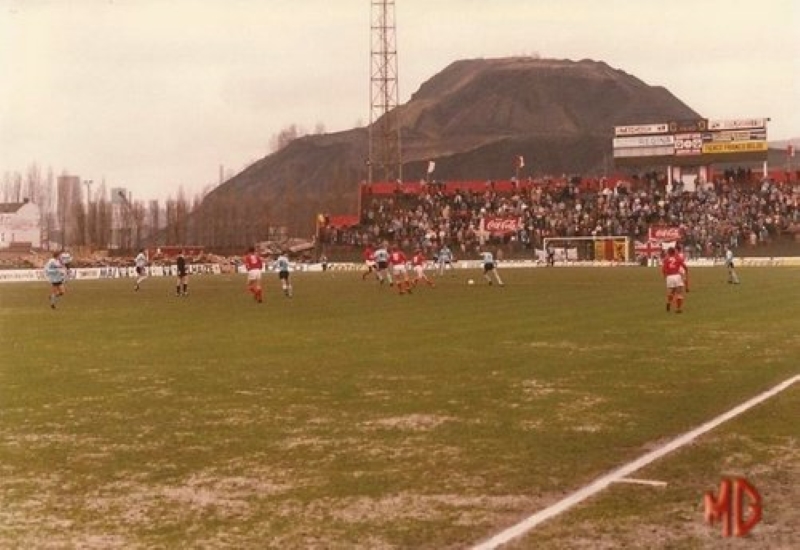
Stade de Sclessin
In a deleterious atmosphere, the Standard plays in an amputated stadium.
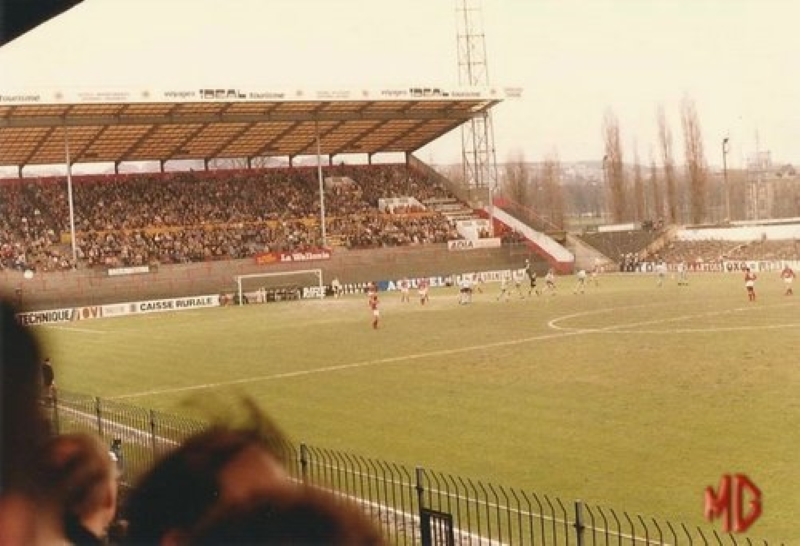
Stade de Sclessin
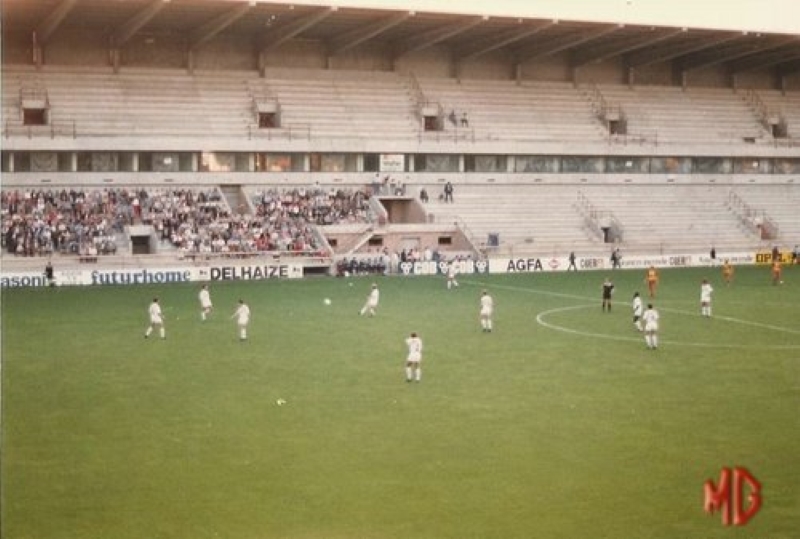
Stade de Sclessin
The club can finally celebrate something positive : the inauguration of its new main stand.
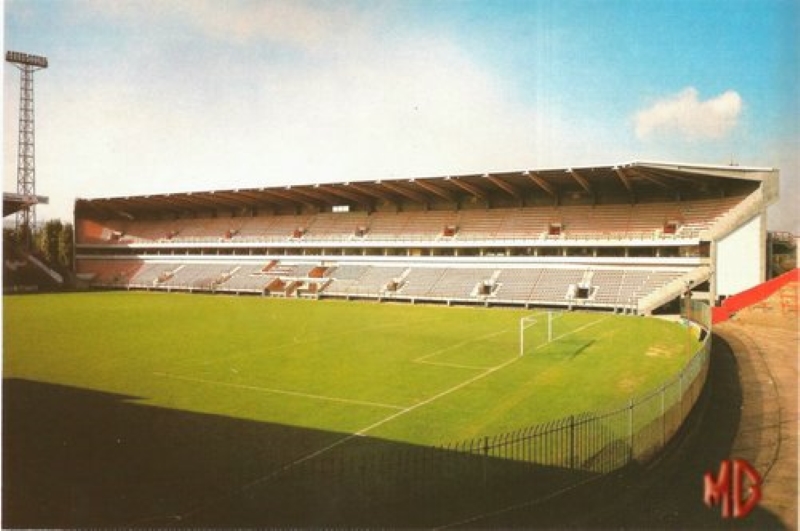
Stade de Sclessin
The resemblance to the Constant
Vanden Stock Stadium is clear.
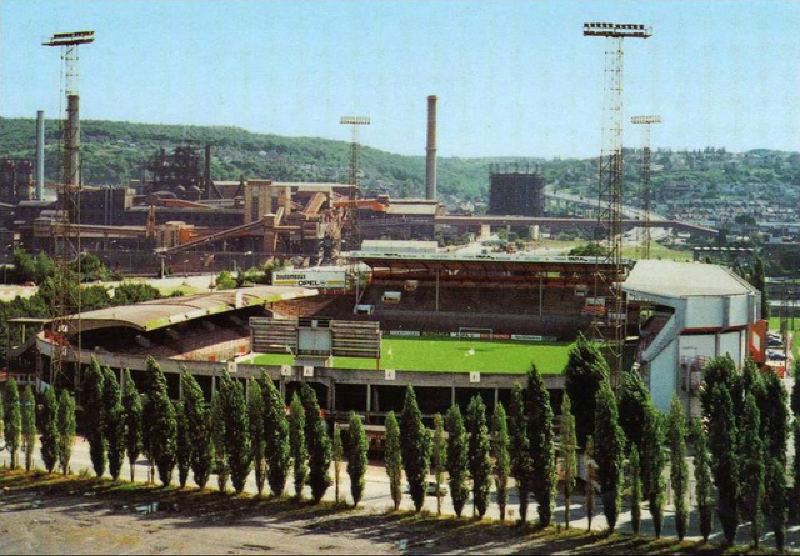
Stade de Sclessin
Seen from the top of the slag heap, Sclessin begins its molt. Next step, the old stand 2 from 1940.
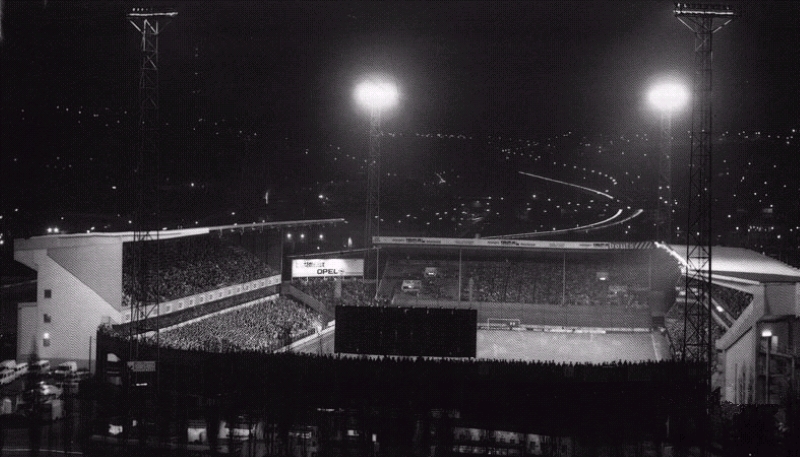
Stade de Sclessin
Same angle of view, but this time in 1992. The new stand 2 now dominates the whole stadium.
Total capacity : 25,000 places.
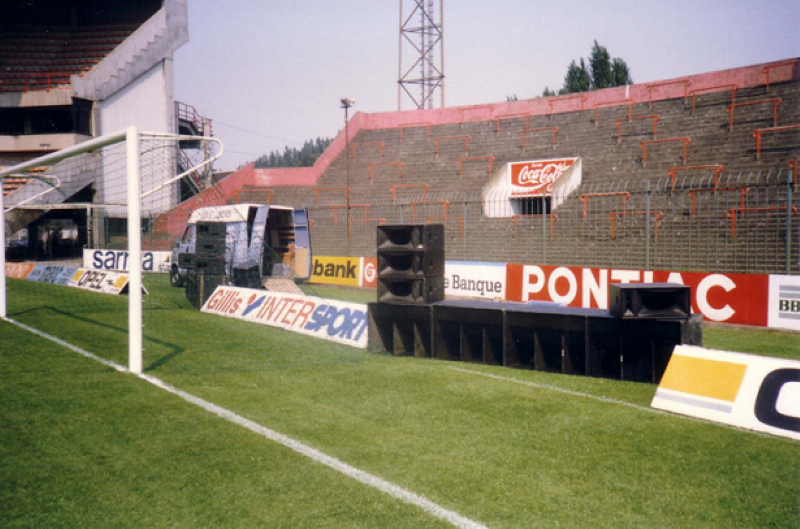
Stade de Sclessin
The lair of Standard's hooligans, demolished in 1995 and replaced by a tribune that has remained unfinished for 4 years.
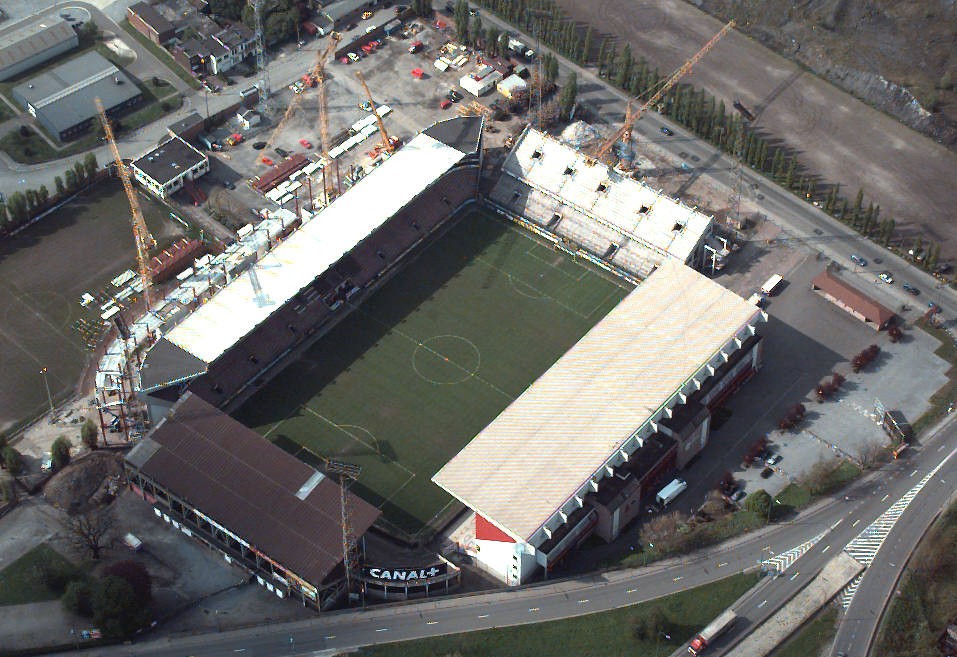
Stade de Sclessin
With Euro 2000 in sight, Sclessin is once again in the works.
© Gérard Guissard • Flickr
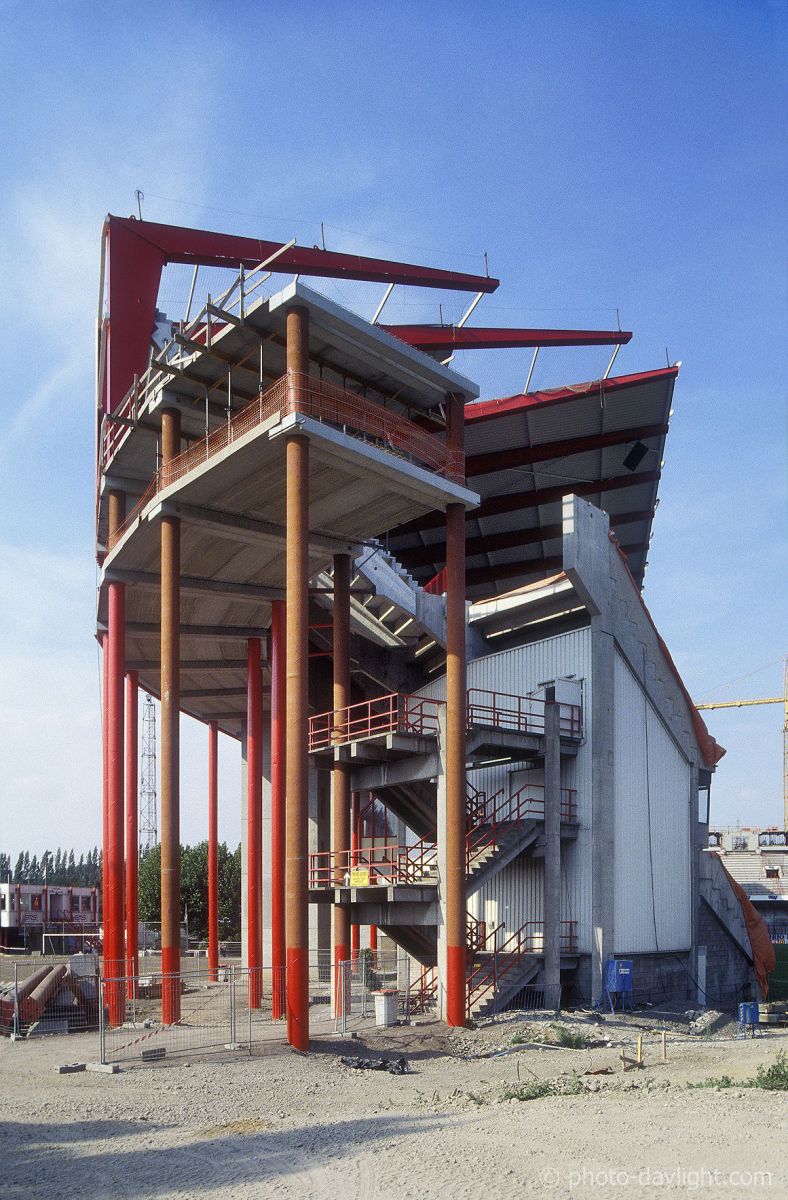
Stade de Sclessin
A tier added to the stands.
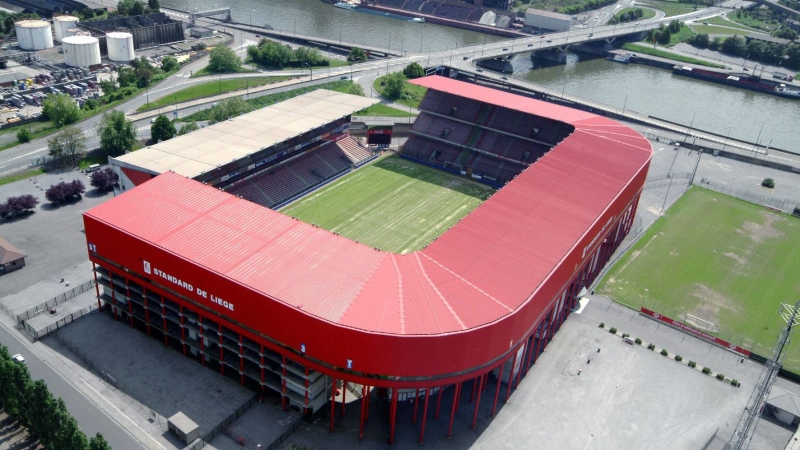
Stade de Sclessin
The Standard Stadium is ready for Euro 2000.
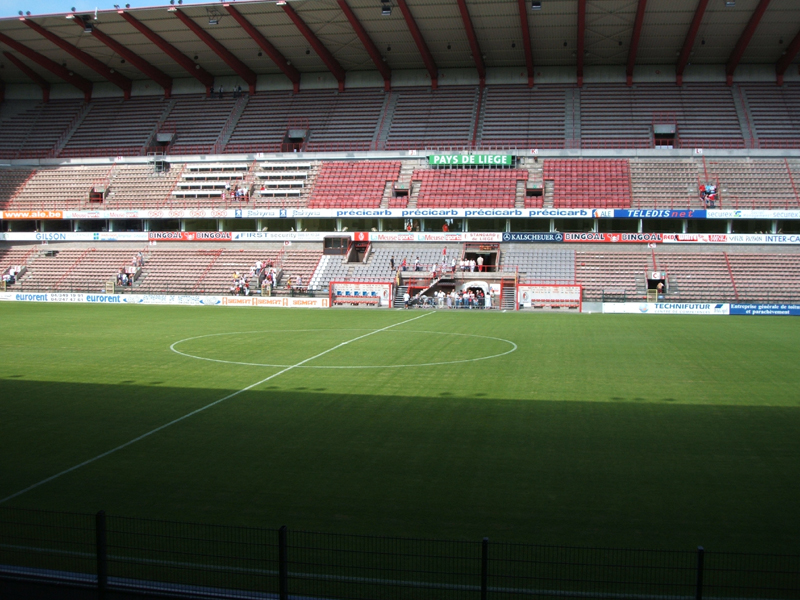
Stade de Sclessin
The main stand and its new tier. Definitely impressive.
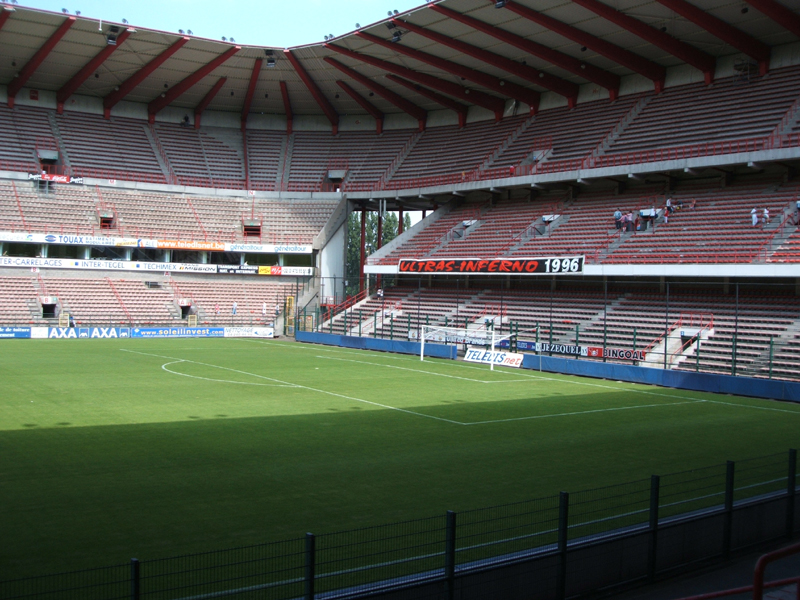
Stade de Sclessin
The corner between stand 1 and 3, with the top tier perched in the void.
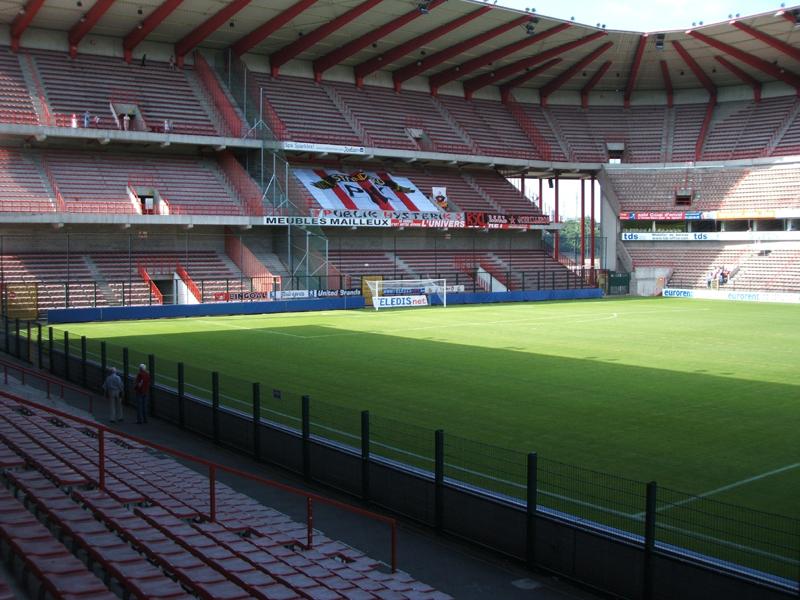
Stade de Sclessin
Same thing on the other side of the field.
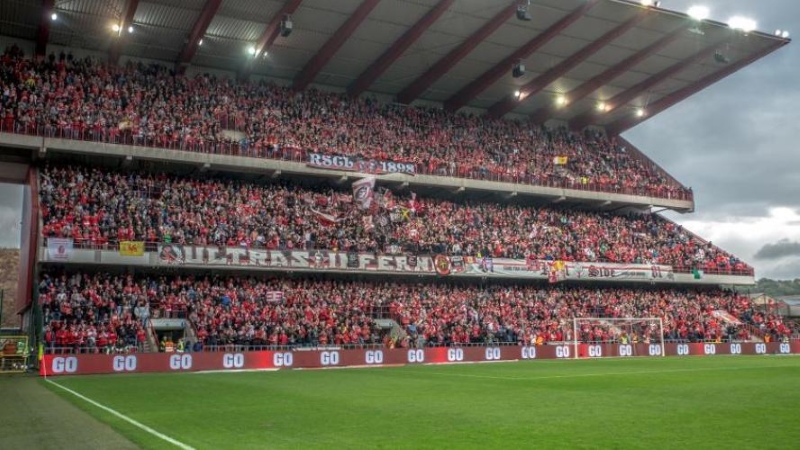
Stade de Sclessin
The stand of the hottest supporters, well calmed for several years.
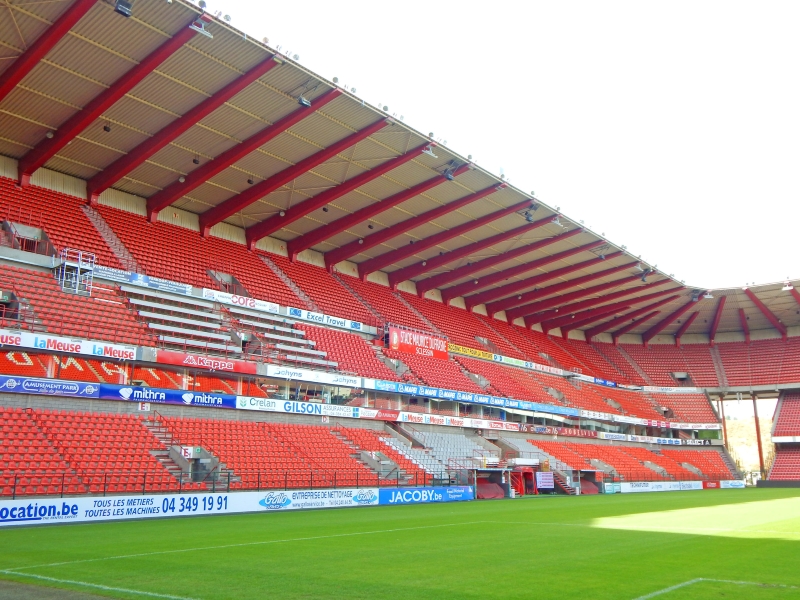
Stade de Sclessin
In 2008, renewal of all seats.
© Peter Miles • Flickr
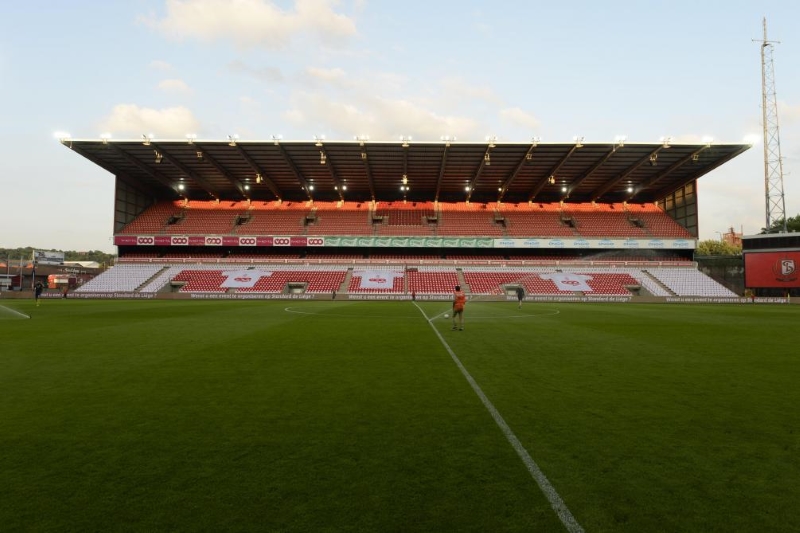
Stade de Sclessin
Stand 2, dating from 1992 and soon to be demolished.
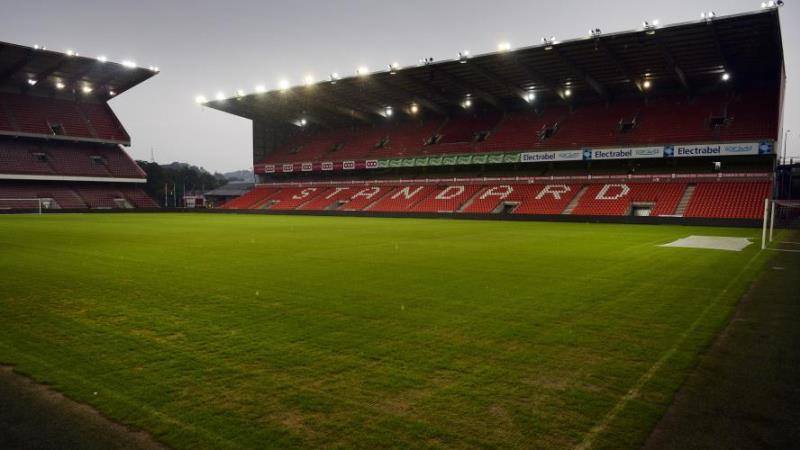
Stade de Sclessin
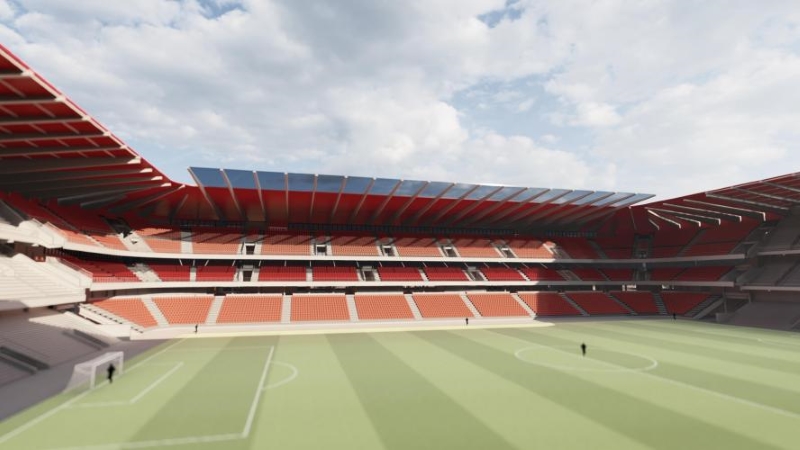
Stade de Sclessin
The replacement os stand 2. Start of work ? 2020 ? 2021 ?
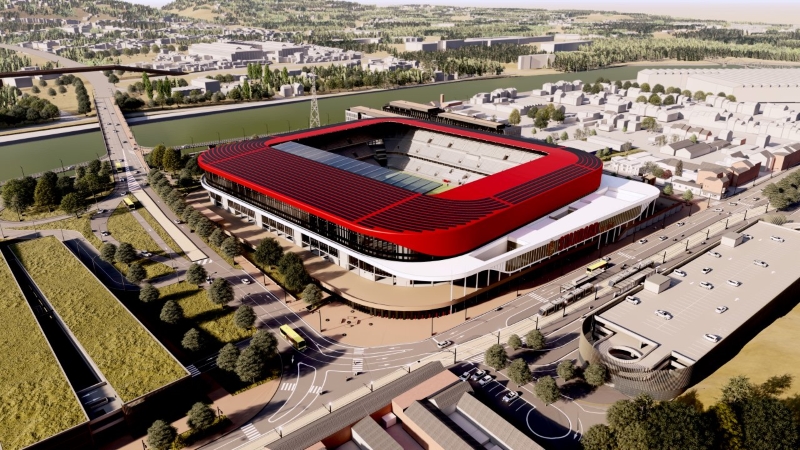
Stade de Sclessin
The renovation project as a whole.
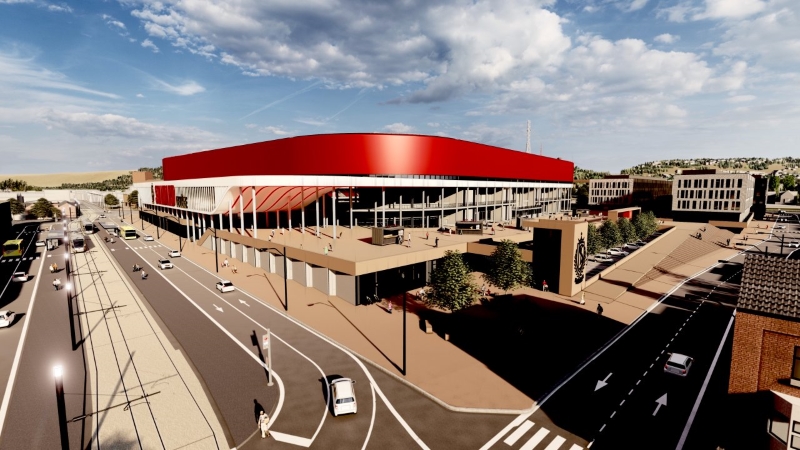
Stade de Sclessin
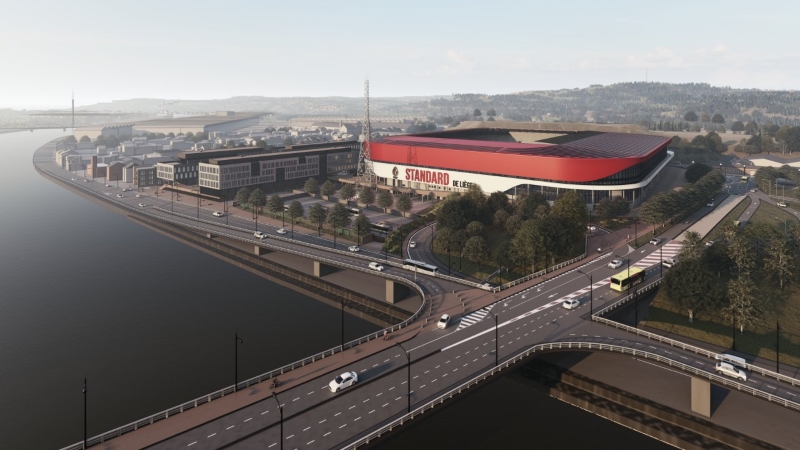
Stade de Sclessin
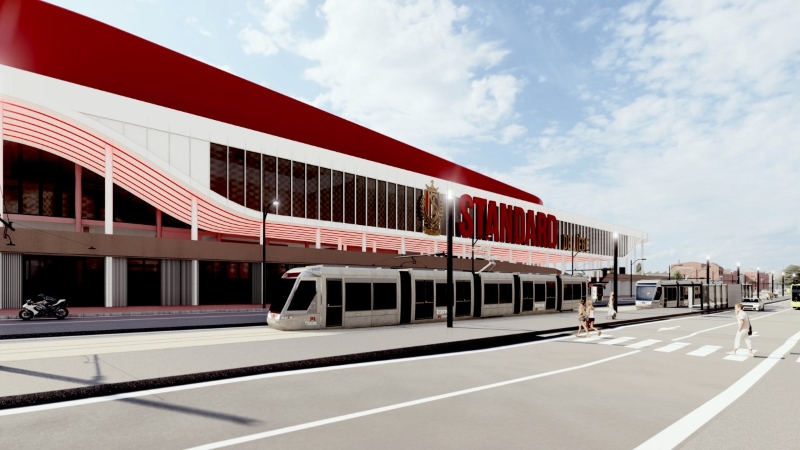
Stade de Sclessin
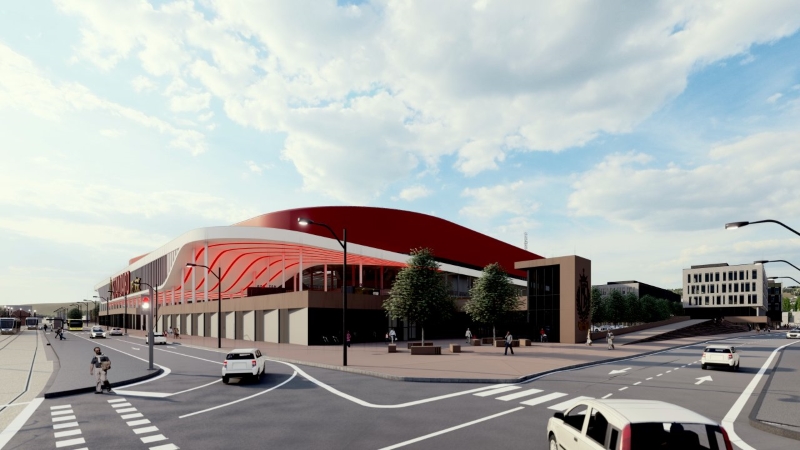
Stade de Sclessin
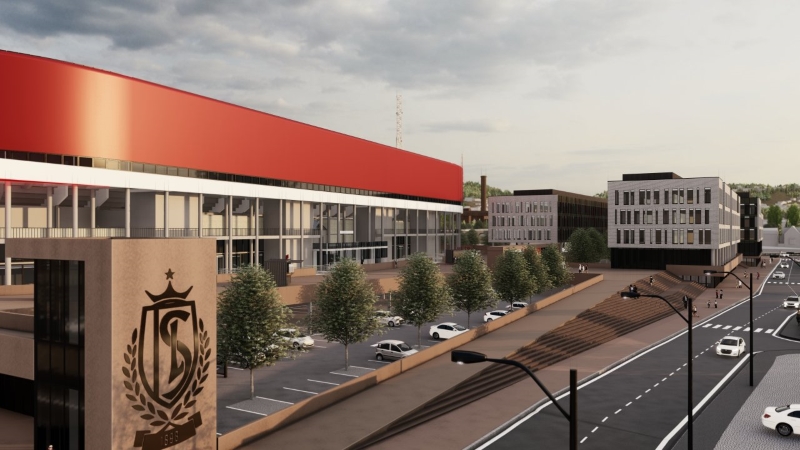
Stade de Sclessin
At least Sclessin will remain an atypical stadium inside and hopefully it can keep its atmosphere intact.
Note
-
This article comes from my old site www.foothisto.be but was never published.
It has been somewhat modified and updated recently (January 2020).
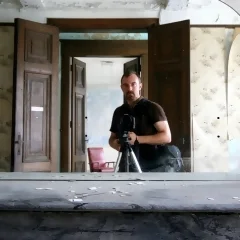
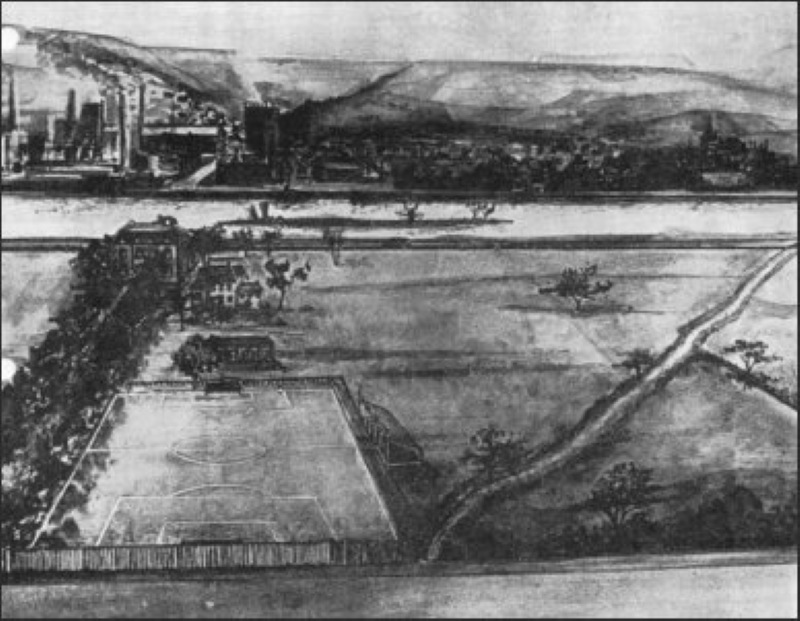
Soyez le premier & devenez quelqu’un de bien • Be the first & become a good person